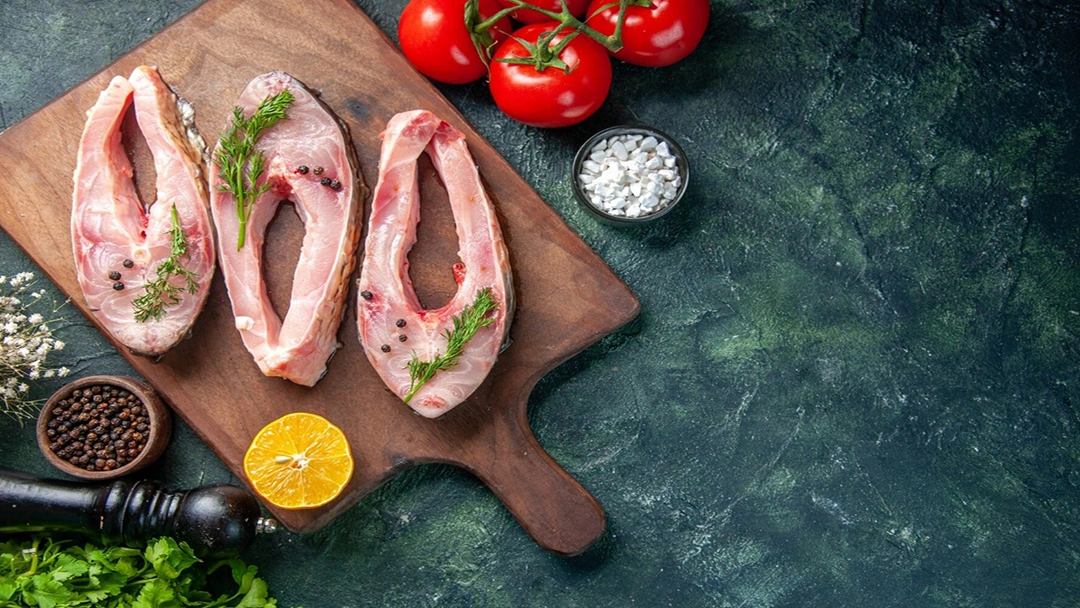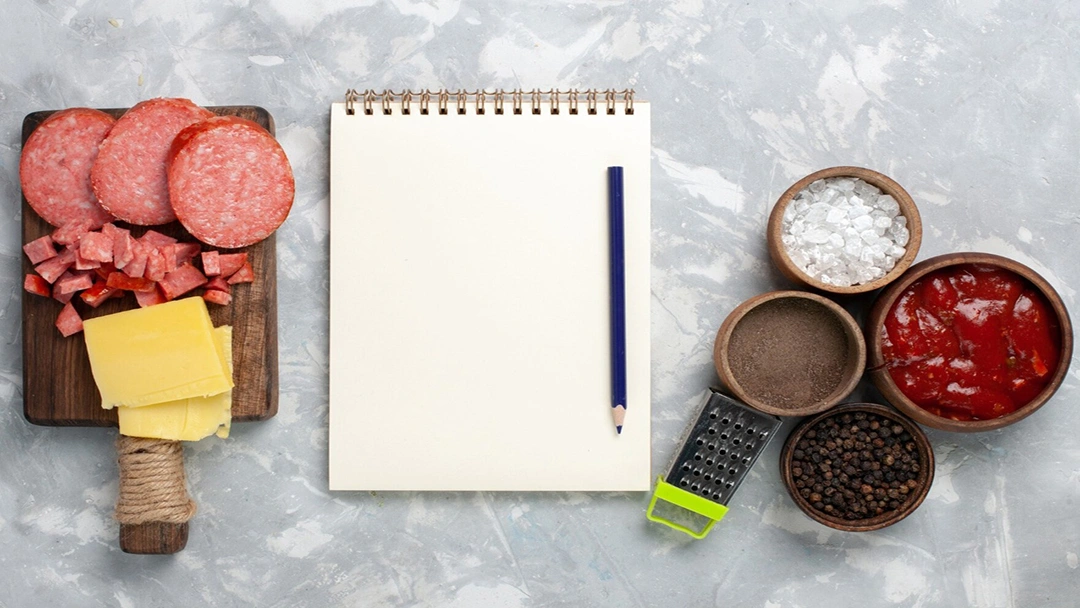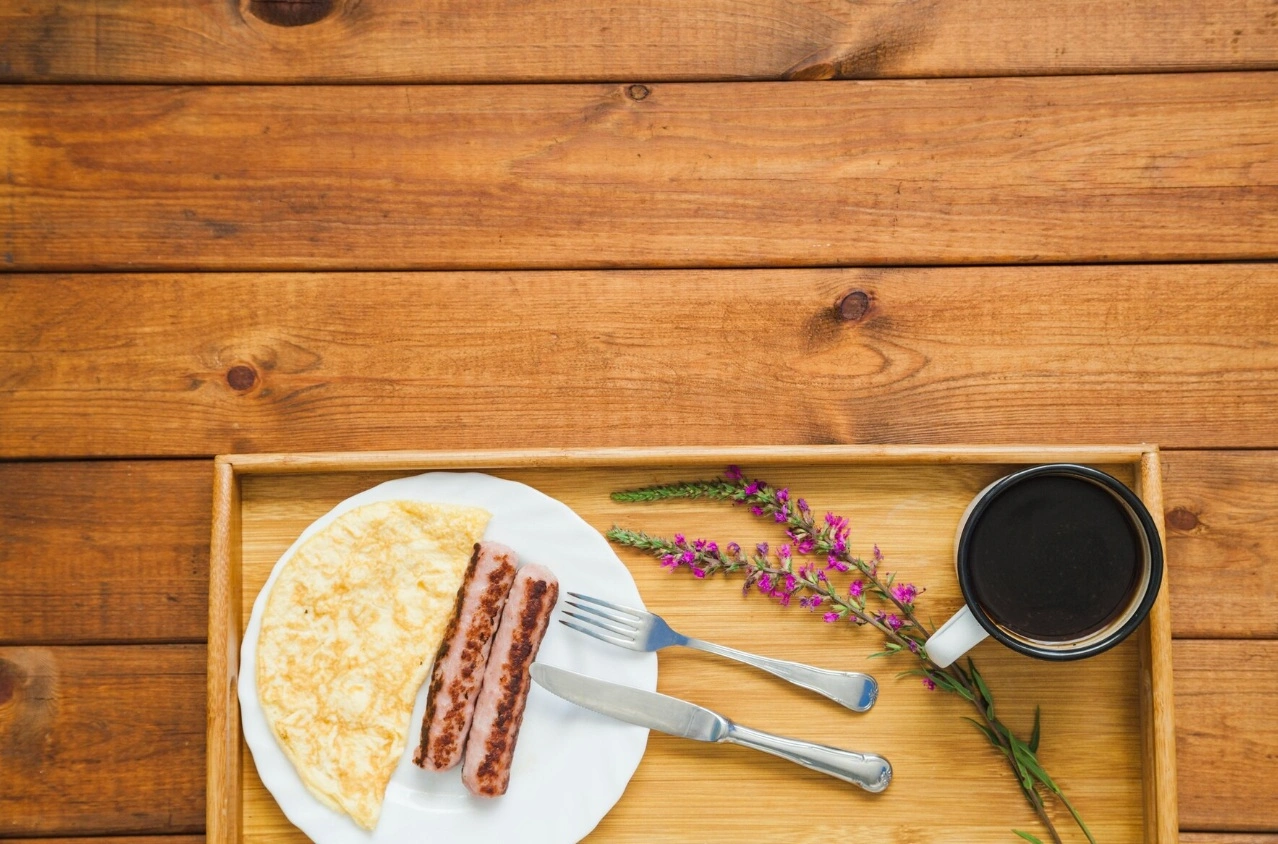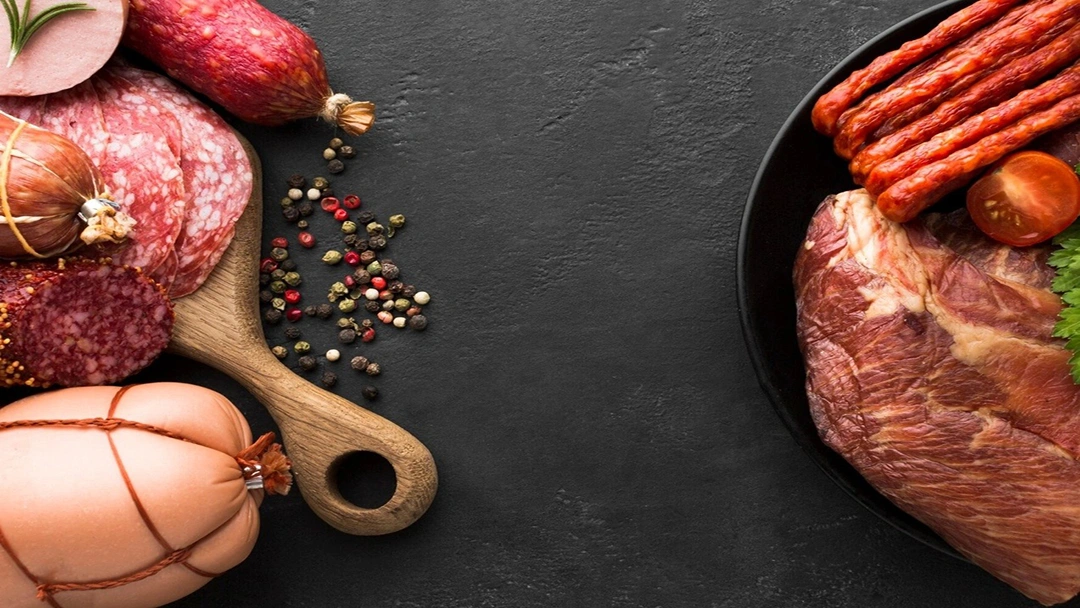Sample 1-Day Babe Ruth’s Diet Meal Plan
Here are the meals and snacks Babe Ruth generally consumed during the day after breakfast.
[cta-meal-plan]
Mid-Morning Snack
Lunch
- 2 Raw Steaks
- 2 Orders of Potatoes
- 1 Lettuce Head with Roquefort Dressing
Mid-Day Snack
Dinner
- 2 Porterhouse Steaks (raw)
- 2 Cottage Fried Potatoes
- 2 Lettuce Heads with Roquefort Dressing
- 2 Orders of Apple Pie
[cta-gocarnivore-plans]
After Dinner Snack
- Chocolate Ice Cream
- Pickled Eels
That is why he could have enough energy to provide an eye-catching performance on the field.
Learn More: Steak and Eggs Diet: Is It Good for Losing Weight? [Tips for Females]
Glenn Stout, Author of "The Selling of the Babe":
"Babe Ruth's eating habits were reflective of his personality – he did everything in excess. His typical meals included multiple steaks, dozens of hot dogs, and countless bottles of soda and beer."
Babe Ruth’s Diet's Impact on the Field
Although Babe Ruth’s diet doesn’t completely make sense with our nutrition knowledge today, it helped him to have an extraordinary career and achieve remarkable success on the baseball field.
Also, his impact on the game and his legacy as one of the greatest baseball players in history is attributed more to his incredible talent, athleticism, and contributions to the sport.
Ruth had great achievements, such as record-setting home run totals and his role in transforming baseball into a power-hitting game.
While Ruth's diet might not meet athletic nutrition standards today, his success emphasizes the complex relationship between diet and athletic achievement. Individual genetics, natural talent, training methods, and other factors also play significant roles.
Although this diet helped Babe Ruth, it is not what we can recommend today to athletes or people with lower physical activity, as it can cause different health problems.
Learn More: What Is Paul Saladino's Diet? All You Should Know
[cta-meetings]
Downsides of Babe Ruth's Diet
Babe Ruth diet was known for indulgence and abundance, which can lead to various problems, including nutrient imbalance, weight gain, calorie problems, increased risk of cancer, kidney damage, heart disease, calcium loss, constipation, and diarrhea.
Nutrient Imbalance
Focusing on limited types of food increases the risk of nutrient deficiencies, as our body needs various nutrients from varying sources. Nutrient deficiencies can increase infection susceptibility and cause intellectual impairment, poor growth, perinatal complications, degenerative diseases, and higher morbidity and mortality [1].
Weight Gain
Consuming protein-rich foods like steak and eggs in excess can lead to weight gain over time, as extra protein is stored in the body as fat, especially if you have a high caloric intake [2].
Dan Danbom, Food Historian:
"Ruth's diet was anything but balanced. He consumed enormous quantities of junk food, from hot dogs to hamburgers, and washed it all down with large amounts of alcohol."
Calorie Problems
The big portions and calorie-dense foods in Babe Ruth's diet could lead to weight gain, which can cause various diseases, including inflammation, cancer, cardiovascular diseases, metabolic syndrome, diabetes, etc. [3].
[cta-meal-plan]
Reports show that his daily caloric intake was about 6,000 to 8,000 calories. It becomes surprising when we realize that an adult male's recommended daily calorie intake is about 2,500 to 3,000 calories!
Increased Risk of Cancer
Different studies show that consuming high-protein foods, especially red meat, in excess can increase the risk of cancer [4].
Consuming too much red and/ or processed meat can also lead to colorectal, breast, and prostate cancers [5] [6] [7].
Kidney Damage
Babe Ruth’s diet, with its excessive focus on protein intake, can cause kidney problems in individuals with preexisting kidney issues.
The issues are raised due to the excess nitrogen content in the amino acids that form proteins. Damaged kidneys have difficulties excreting the extra nitrogen and waste products of protein metabolism [8].
A 2018 study on the effects of dietary red meat, white meat, or non-meat protein on trimethylamine N-oxide metabolism and renal excretion indicated that chronic dietary red meat can decrease renal TMAO excretion and negatively impact kidney function [9].
Heart Disease
A 2020 study indicates that consuming high levels of protein can increase the risk of cardiovascular diseases by activating macrophage mTOR to suppress mitophagy [10].
[cta-gocarnivore-plans]
Calcium Loss
High-protein and high-meat diets may lead to calcium loss, which is linked to osteoporosis and poor bone health.
A 2013 study on the effects of protein intake more than the recommended dietary allowance indicated that consuming too much protein can have negative effects on bone health [11].
Constipation
A 2021 study on the relationship between dietary factors and constipation found that high-calorie, high-protein foods can cause more constipation than grains, lipid-rich foods, total fats, and starch [12].
Diarrhea
A 2023 study on the effects of high[protein diets on intestines found that high-protein diets could change the structure of lactase-producing bacteria in the intestinal contents, leading to increased lactase-producing bacteria while reducing the richness of lactase-producing bacteria, which can cause and increase diarrhea [13].
[cta-meetings]
Summary
Babe Ruth’s diet was specific to him and is NOT recommended as a balanced, healthy diet. If you consider going on Babe Ruth’s diet or similar dietary approaches, you MUST visit a healthcare professional first to ensure it aligns with your health status, needs, and fitness goals.





























